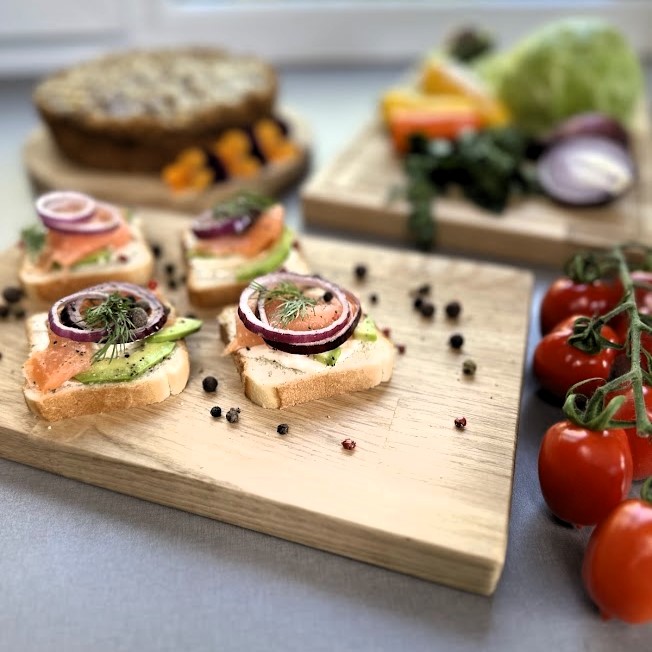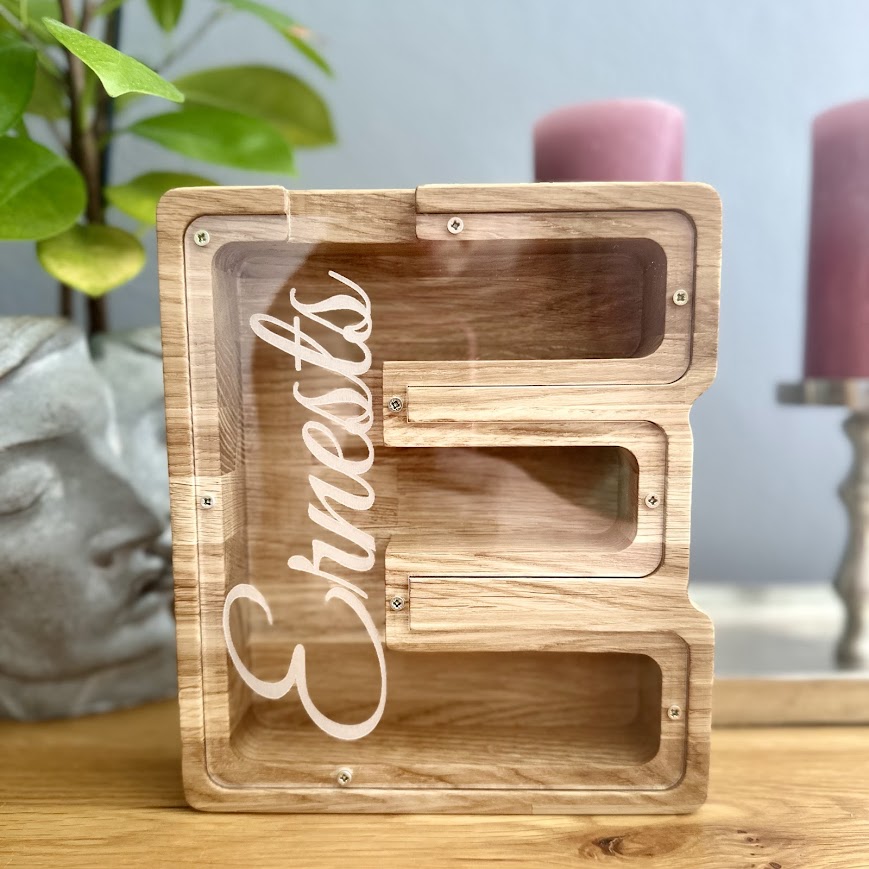How and who came up with the idea for a kitchen board or cutting board or whatever it is called?
Alright let's go back in time,
Back in time, people were using flat stones or tree stumps as primary surfaces to chop food. As cooking practices advanced people started to come up with new formats and inventions to prepare food and the first thing they based is a wooden board to normalize the cooking ways.
So,
the evolution of cutting boards starts from ancient Egypt to
industrial and modern innovations. In recent years there has been a
rebirth of interest in hand-crafted, high-quality cutting boards in
various sizes and given importance to the quality and type of wooden
material used to enhance the consumers and make their kitchen life
more comfortable.
Let's find out how will our wooden kitchen board make your day-to-day life cozy and homely
Variety
of options:
OAK KITCHEN BOARD WITH ETHNIC SIGNS, 22X35CM
OAK KITCHEN BOARD WITH ETHNIC SIGNS, 33X45CM
ROUND OAKWOOD KITCHEN BOARD, D=22CM
We
built every cutting board to look elegant and at the highest level.
Durability:
Why
is oak wood special?
Oak
wood is known for its strength, even texture, and beautiful grains on
its smooth surface which enhances its durability and resistance to
wear and tear.
Surface:
So
how will the oak wood be suitable for our kitchen board?
When
you cut, chop, slice, mince, etc. in the Oak wooden kitchen board the
properties of the Oak wood will take care of the surface of the
cutting board, where you might not see any cuts or marks on the
kitchen board. If you worry about your favorite knife and its
bluntness, no worries the oak wood kitchen board will not damage or
blunt the blade due to its tight grains.

Some ideas why cutting board is not only cutting board
We
recently ran a competition on our Facebook page Domini
Este and asked people to share their experiences of how they use
kitchen cutting boards. We were delighted with the responses we
received!
Here are some of how wooden cutting boards make everyday life more well-furnished and agreeable:
Serving:
Many
of them responded that they use the wooden kitchen board as a serving
tray, well that is possible due to its beautiful grains and shades on
the cutting board surface. Imagine serving a fine cake, sliced
cheese, meat platter, or snack platter on the kitchen board.
Nothing can be more pleasant and carving.
For
modern life, We found a solution and it worked. As for our kitchen
board, consumers can use one side as a cutting board and the other as
a serving wooden plate.
Hot Pan Trivet:
Some
of you use the cutting board as a Trivet. Well not bad at all, as Oak
wood cutting board is remarkably resistant to heat even when dry due
to its high density and thickness.
Maintenance:
The
persistent answer was “It’s easy to maintain.” As Oak wood is
one of those popular materials used to make kitchen cutting boards,
it shares the same properties as the rest. Oakwood cutting boards are
also less likely to warp or crack than other types of wood, which
increases the span of usage even under regular usage.
The
Oakwood cutting board is resistant to fungal attack, which makes it
less prone to decay or rotting.
In
general Oak wood kitchen boards have a good water resistance property
which makes the dealer wash the cutting board frequently.
Convenience:
Someone
shared their memories of older cutting boards with a larger hole,
which made it easy to transfer cut food into the pot. It's a
convenient and practical solution that is worth considering!
People’s choice:
Many
of you said that a wooden cutting board is better for the kitchen
than plastic, as it’s not only a natural material but also
environmentally friendly.
Thanks to everyone who took part and shared their usage habits! Your ideas and feedback help us to continue creating products that make your everyday life easier and more enjoyable.
Why Does Everyone Need a Piggy Bank?
Are Piggy Banks still a thing?
During the 15th century, piggy banks were one of the major things used by people with strong traditional backgrounds. Piggy banks were mostly given to the children to encourage their savings and to teach them the value of Moneta.
To increase the temptation, piggy banks were designed with only one slot where the money goes in. The only way to take the cash out is to smash the piggy bank to break it open.
Yes, a piggy bank is still a thing, as it portrays the value of money and how it has evolved over the centuries.

From Spare Change to Big Difference:
Coin banks are a simple concept, but the benefits will surprisingly change your ways of living.
Establish consistent saving habits.
It’s a psychological fact: the habit of saving coins or cash in your money bank improves your act of spending by prioritizing the expenses.
Provides a sense of improvement.
Whenever you have a situation to save money for example: for a vacation, for education, for groceries, for rent, to buy new products, and so on. Coin banks will make you reach your expectations on time.
Teaches financial stability from a young age.
Goals for good: Saving in a coin bank teaches you the value of patience and how important it is to reach the goal with time and the pleasure of excitement.
Discipline to children on wealth.
Discipline drives your life: If you want to teach your kids about the value of money, buy them a piggy bank and teach them how to save the pocket money that they get after their day or monthly expenses.
It will educate them about money management and it will bring discipline towards the valuable things which they will see in the late future.
It drives the mentality towards the goals.
Rewards will help: Let's imagine your child is collecting coins or cash in the Moneybox, try giving them small rewards like extra pocket money or candies.
It will encourage them to keep doing things and they might even start to have various piggy banks for several occasions to reach their multiple goals.
Modern-day Coin Bank:
Piggy banks have many names such as Money Box, Coin Banks, Treasure Chest, Penny Bank, Coin Keeper, Spare Change Bank, etc. It has evolved in various Materials, shapes, and sizes.
From Clay to Wooden Coin Bank:
Centuries ago, during the Middle Ages, they used an orange-colored clay called “Pygg” pronounced “Pug”. What was Pygg exactly? Pygg is an old English origin. It was popular in Western Europe for its wide creation. People used to make all sorts of household stuff, including pots and jars.
They called this penny bank a “pygg jar” and later the natural evolution of English changed the word to “piggy jar”. People started to label all their money collector containers “piggy banks” or “pig bank”.
Later the clay changed to many materials including wood. Wooden piggy banks emerged as the alternate material to clays and ceramics. Moreover wood was easy to work with and widely available. So, it was reasonable for the wooden money box to grow faster in the market.
Wooden coin banks became popular during the 18th and 19th centuries And found fame among rural populations and those who wanted a less fragile, eco-friendly, and highly durable version of traditional Piggy banks.
Wooden coin banks as Gifts:
Although we are not selling the traditional clay piggy bank, we have designed a Wooden Letter Shaped Coin Bank. We wanted to give modern ways to kids, adults, and families. Now with our brand, you can get a customized letter-shaped coin bank engraved with a name.
Click here to Choose your Letter and Fonts
Which is suitable for many sorts of occasions and festivals.
One of the best unique gifts you might buy for your loved ones.